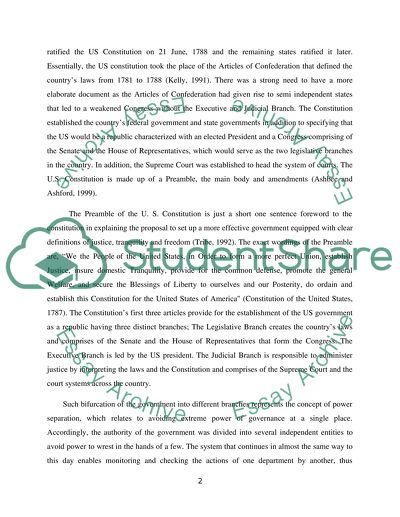Cite this document
(“U.S. Government and Politics: Constitution Essay”, n.d.)
Retrieved from https://studentshare.org/history/1394589-us-government-and-politics-constitution
Retrieved from https://studentshare.org/history/1394589-us-government-and-politics-constitution
(U.S. Government and Politics: Constitution Essay)
https://studentshare.org/history/1394589-us-government-and-politics-constitution.
https://studentshare.org/history/1394589-us-government-and-politics-constitution.
“U.S. Government and Politics: Constitution Essay”, n.d. https://studentshare.org/history/1394589-us-government-and-politics-constitution.


